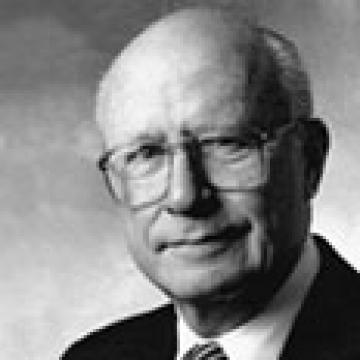Grover Cleveland: The American Franchise
Most historians see the Grover Cleveland years as the last phase of a political era that ended with the election of 1896. It was an age in which eligible males voted strict party tickets, electing candidates whom the parties had nominated in party caucuses. Elections resembled battles in which the two main armies threw the maximum number of troops into the fight on Election Day. Typically, 70 percent or more of the eligible voters cast ballots in presidential elections. Many Americans considered intense party loyalty to be a matter of duty and honor, and they wore their party insignias proudly, prepared to fight over party differences. Party machines commanded membership loyalty—usually along ethnic, religious, and racial lines—and their presence was a fact of everyday life. Class differences were far less important a gauge of party differences in the 1880s and early 1890s.
Only males above the age of twenty-one were eligible to vote. Nineteen states had extended the vote to aliens who had declared their intention to become citizens. In some cities, state laws that linked voting to citizenship were simply ignored. In any case, citizenship for immigrants required only five years of residency, enabling male immigrants to vote shortly after their arrival. A massive wave of more than 5 million immigrants—the largest influx ever—poured into the United States in the 1880s. These new arrivals strengthened the ethnic character of the popular vote.
In the South, state constitutions, registration laws, literacy tests, and poll taxes disfranchised many African Americans who had been given the vote through the Fourteenth and Fifteenth amendments. Women were given the right to vote in Wyoming, which had granted women's suffrage as a territory in 1869. Colorado followed suit in 1893, as did Utah and Idaho in 1896.
Introduction of Secret Ballot
One big change in the election process came in 1892, with most states outside the South adopting the secret ballot. In this system, the government printed and distributed ballots that listed all candidates; voters were then able to select secretly from among this slate in a private voting booth. No longer could party activists see which party's brightly colored ballot was dropped into the ballot box. Thereafter, voters could split their tickets, and nonpartisan or independent candidates were assured that every voter would get a ballot listing their names.
